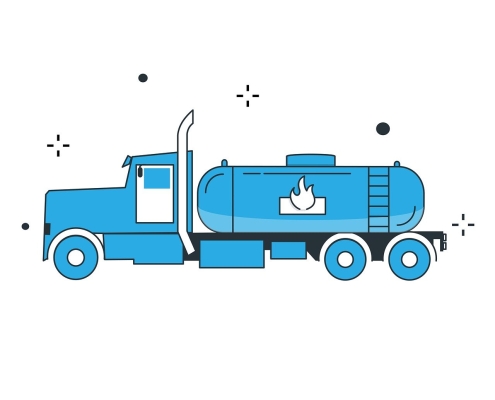Hedging 101 – Part Eight: Conclusion, and an Introduction
We began our Hedging 101 review with two main goals.
- Provide information and training in hedging in a way that could be appreciated by complete novices as well as by people with more experience. We used the mantra – K.I.S.S. (Keep It Simple Stupid!)
- Provide the building blocks to understand basic hedging concepts in action.
Keeping it Simple!
We hope the definitions we have provided will help to enforce the first key point. Below are some of the terms from the Hedging 101 series.
Terms from Posts 1 and 2:
- Hedge – A form of protection against risk, usually financial. A fuel hedge is a financial instrument or action that protects a fuel distributor against risk.
- Margin – The difference between the selling price of a product or service and the cost of making and delivering that product or service.
- Margin Erosion – When the amount of profit a business earns from selling a product or service decreases due to rising costs or falling sale prices.
- Fixed Price Risk – Selling a product or service to a customer for a future delivery at a fixed price that has a margin determined by costs that fluctuate in the open market.
- Market Risk – Term that refers to a cost that is subject to daily fluctuations of a trading market. In the energy market, this would involve fuels such as gasoline, diesel, oil, and propane.
Terms from Posts 3 and 4:
- Long – A financial term referring to a business purchasing a commodity at a set price that they intend to sell sometime in the future.
- Short – Financial term that refers to a business selling a commodity that they have not yet purchased. A business that is short believes they can make a future commodity purchase at a steady or cheaper price.
- Prebuy – Term that is common within the propane industry. It refers to a fixed price purchase of propane at a particular terminal within a region.
- Basis – This refers to the difference between a region and the major hub from which that product comes or is related to. An example includes Waha West Texas basis versus the Henry Hub location for natural gas or Selkirk, New York, versus Mont Belvieu for propane. A basis number can be either positive or negative.
- Hub Product – Usually refers to one or two main traded hubs for a particular energy product. Examples include Henry Hub for natural gas, Cushing for WTI (West Texas Intermediate) Oil, and of course Mont Belvieu or Conway for propane.
Terms from Posts 5, 6 and 7:
- Risk Policy – A risk policy is a set of rules or limits which outline what type(s) of risk your company is willing to accept, or not accept.
- Futures Contracts – Futures contracts, also known as financial hub products, are traded on a financial exchange. CME Group, which owns and operates some of the largest commodity exchanges, describes a futures contract this way:
- A legally binding agreement to buy or sell a standardized asset on a specific date or during a specific month.
- A transaction facilitated through an exchange.
- Financial Swaps –The book, Introduction to Futures and Options Markets, defines a financial swap as “an agreement to exchange cash flows in the future according to a prearranged formula.”
The Building Blocks
To meet our second goal, we used a hypothetical firm, Twin Feathers Distribution company (TFD), to demonstrate how different hedging tools can be building blocks to mitigate margin erosion while also dealing with fixed price and market risk. Our tools ranged from prebuys, financial hub products and financial swaps.
Conclusion and an Introduction
A Hedging 101 Review
The terms and examples discussed in this series are foundational. They demonstrate how any fuel dealer can address some of the risks that are present in their business. However, what we have shared here is only the beginning.
In the future, the Twin Feathers team will expand on our Hedging 101 series. We will talk about important topics like understanding market spreads (price differences), and how financial options could benefit your business. Additionally, we will also discuss the impact international markets have on your ability to manage your business risks.
We appreciate you taking the time to read through the Hedging 101 series and look forward to sharing more as we move through the remainder of this year and into the next.
Hedging 101 – Part Eight: Conclusion and an Introduction
By JD Buss











